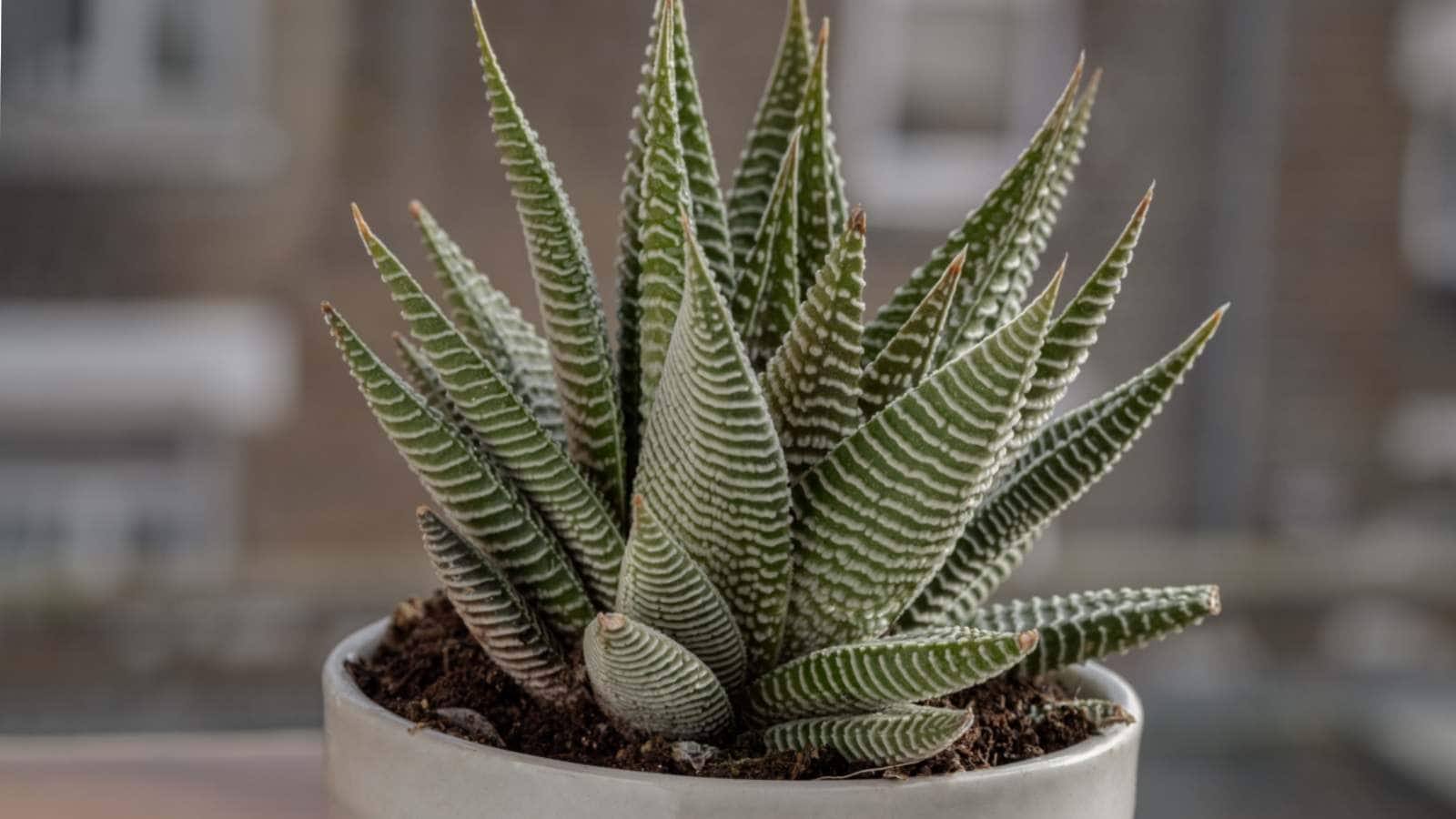
Haworthia Plant
The Fascinating World of Haworthia Plants
Introduction to Haworthia Plants
Haworthia plants are a unique and diverse group of succulents that belong to the Asphodelaceae family. They are known for their small, rosette-shaped leaves and attractive patterns, making them popular among plant enthusiasts and collectors. These plants are native to Southern Africa and are commonly found in arid regions with sandy or rocky soil.
Characteristics of Haworthia Plants
One of the defining characteristics of Haworthia plants is their compact size and slow growth rate. They typically grow to be no more than a few inches tall, making them perfect for small spaces or indoor environments. The leaves of Haworthia plants are thick and fleshy, designed to store water in times of drought. They come in a variety of shapes and colors, ranging from dark green to almost transparent.
Popular Varieties of Haworthia Plants
There are over 150 different species of Haworthia plants, each with its own unique characteristics and appearance. Some of the most popular varieties include Haworthia cooperi, Haworthia fasciata, and Haworthia attenuata. These plants are prized for their striking foliage and ease of care, making them a favorite among beginner and experienced gardeners alike.
How to Care for Haworthia Plants
:max_bytes(150000):strip_icc()/grow-haworthia-succulents-1902980-02-1c659e1107054864a4fcb3d85369cccf.jpg)
Haworthia plants are relatively low-maintenance and can thrive in a variety of conditions. They prefer bright, indirect light and well-draining soil to prevent root rot. Watering should be done sparingly, allowing the soil to dry out between waterings. During the growing season, a diluted fertilizer can be applied to promote healthy growth. These plants do well in a range of temperatures, but should be protected from extreme heat or cold.
Propagation of Haworthia Plants
Propagating Haworthia plants is relatively simple and can be done through offsets, leaf cuttings, or seeds. Offsets, or pups, can be gently separated from the mother plant and potted in their own container. Leaf cuttings can be taken from healthy leaves and rooted in a well-draining soil mix. Seeds can also be sown in a moist, sandy soil and kept warm and humid until germination occurs.
Common Pests and Diseases of Haworthia Plants
Haworthia plants are generally resistant to pests and diseases, but they can still be susceptible to mealybugs, spider mites, and fungal infections. To prevent infestations, it is important to regularly inspect the plant for any signs of pests or disease. If an issue is detected, it can be treated with an appropriate insecticide or fungicide. Proper watering and good air circulation can help prevent these problems from occurring.
Benefits of Growing Haworthia Plants

Aside from their aesthetic appeal, Haworthia plants offer a number of benefits to the environment and the gardener. These plants can help purify the air by removing toxins and improving indoor air quality. They also require minimal care and can thrive in small spaces, making them perfect for apartment dwellers or those with limited gardening experience. Additionally, Haworthia plants are non-toxic to pets, making them safe to have around furry friends.
Where to Buy Haworthia Plants
Haworthia plants can be purchased from local nurseries, online retailers, or specialty plant shops. It is important to buy plants from reputable sources to ensure they are healthy and free from pests or diseases. Some nurseries may also offer rare or hard-to-find varieties of Haworthia plants for collectors and enthusiasts.
FAQs About Haworthia Plants
Q: Are Haworthia plants easy to care for?
A: Yes, Haworthia plants are relatively low-maintenance and can thrive in a variety of conditions with minimal care.
Q: How often should I water my Haworthia plant?
A: Watering should be done sparingly, allowing the soil to dry out between waterings to prevent root rot.
Q: Can I keep Haworthia plants indoors?
A: Yes, Haworthia plants can be kept indoors as long as they receive bright, indirect light and well-draining soil.
Q: Do Haworthia plants flower?
A: Yes, some species of Haworthia plants can produce small, tubular flowers in the summer months.
Conclusion
In conclusion, Haworthia plants are a fascinating and unique addition to any plant collection. With their stunning foliage, ease of care, and variety of species to choose from, these plants are sure to delight both novice and experienced gardeners alike. By following the tips outlined in this article, you can successfully grow and propagate Haworthia plants to enjoy their beauty for years to come. Happy gardening!